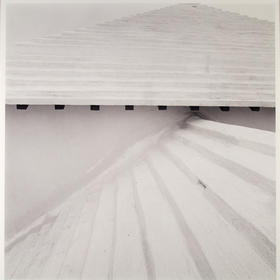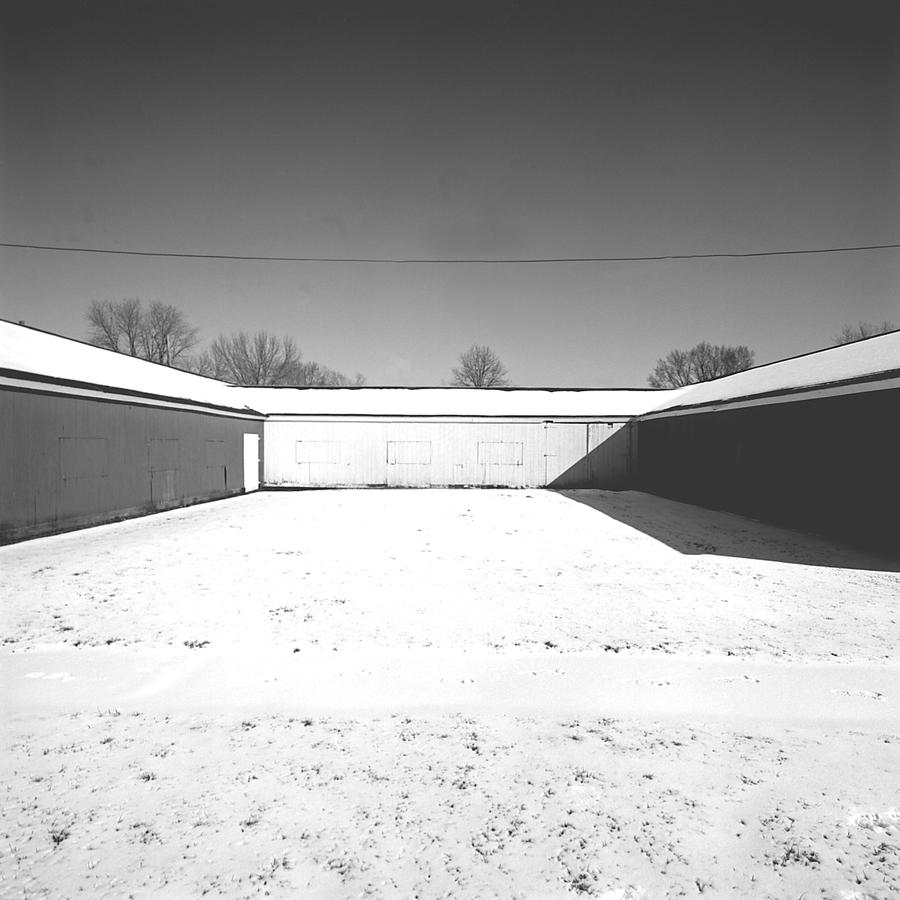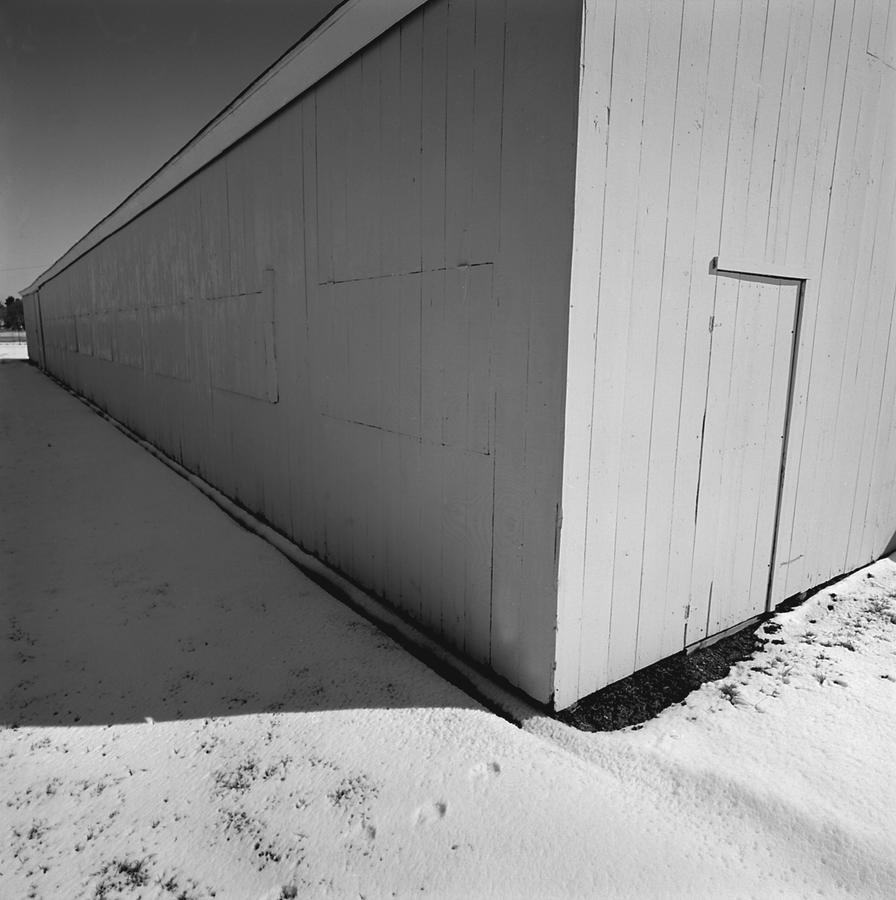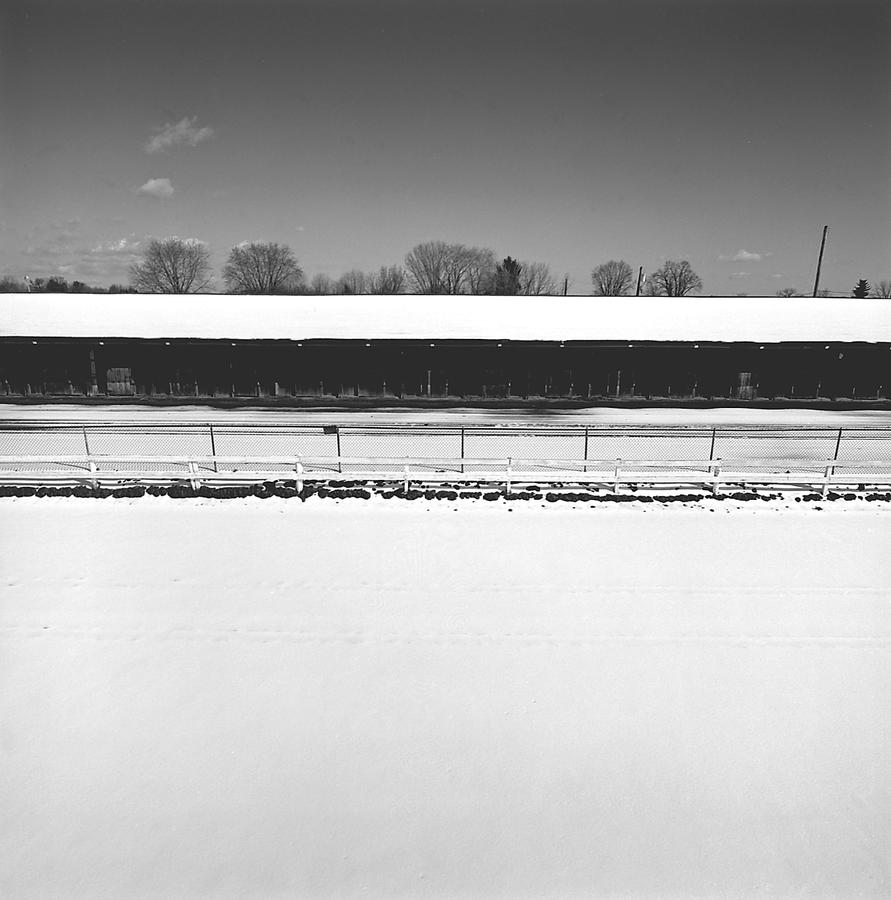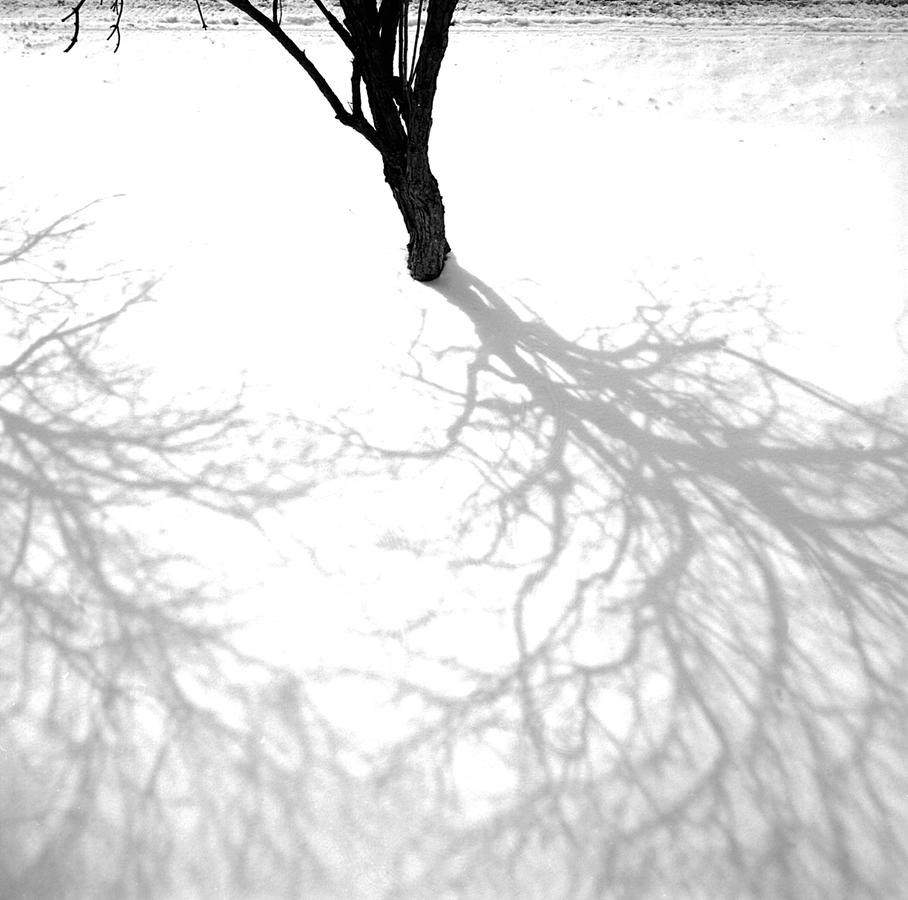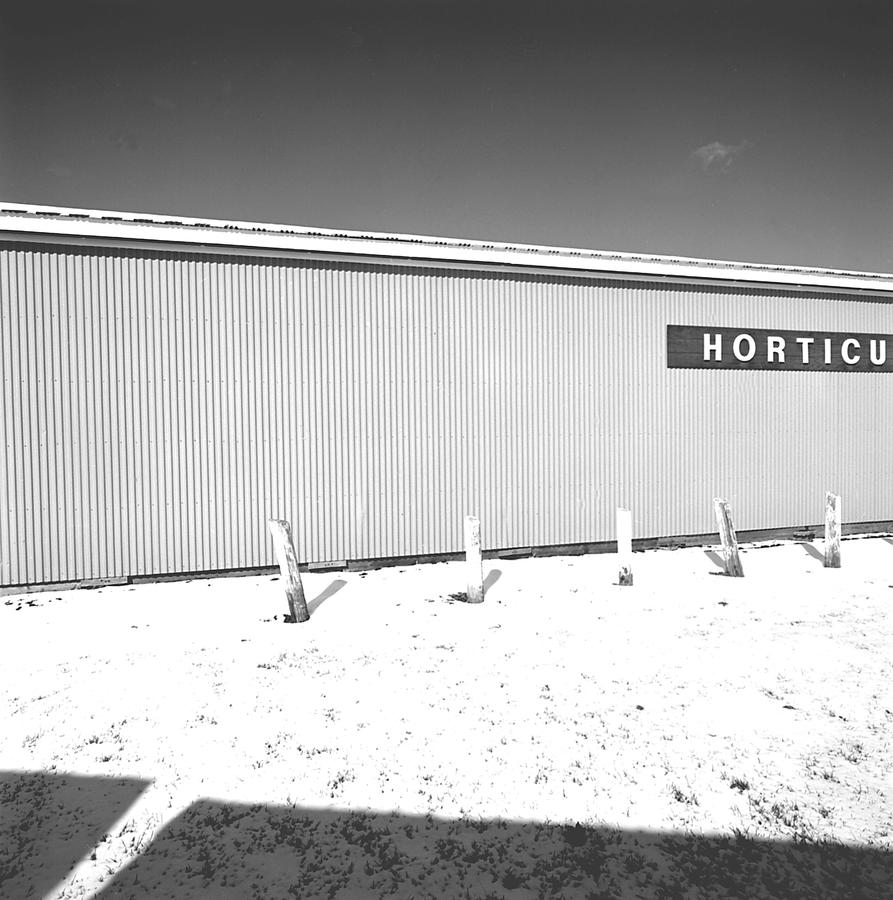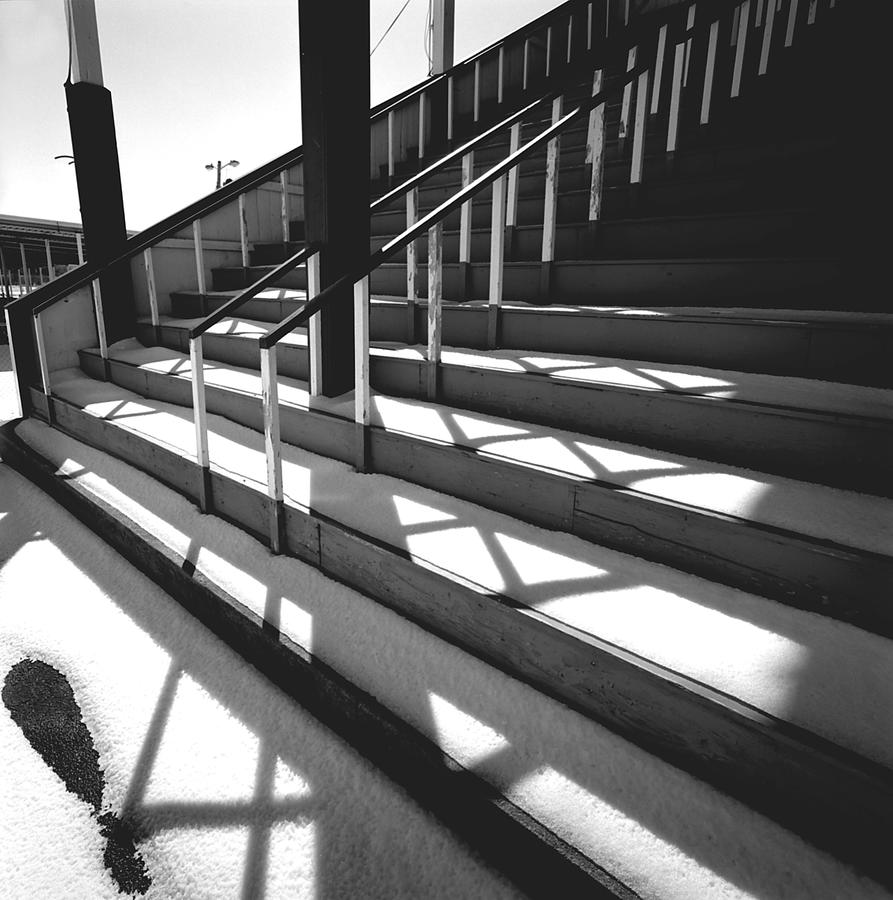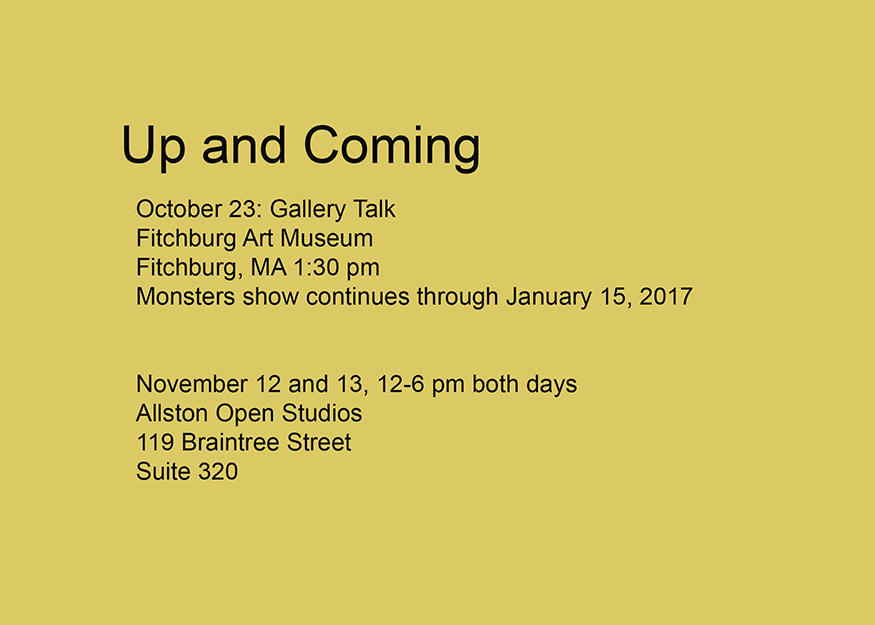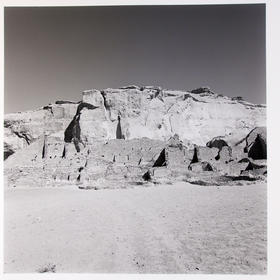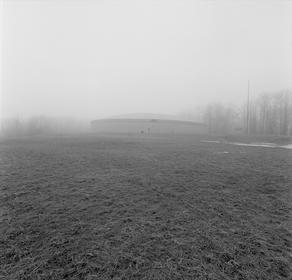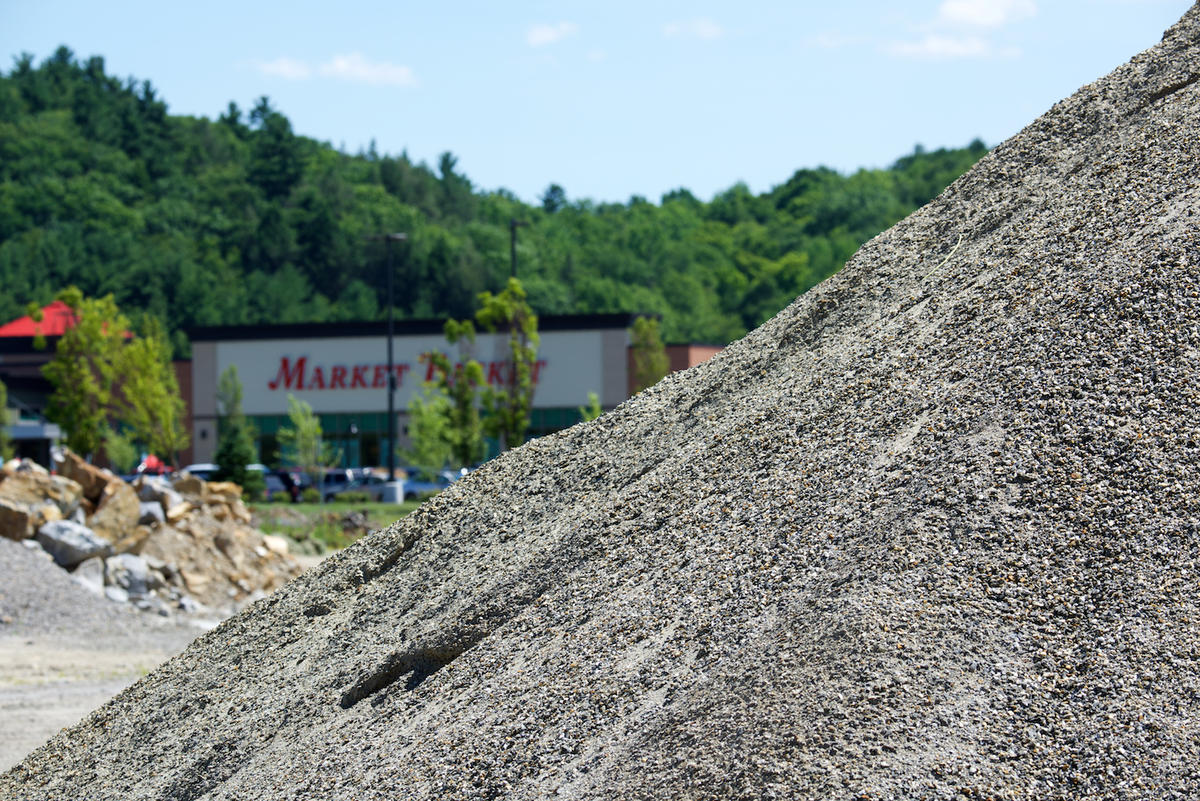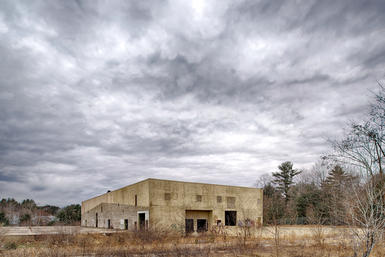Trees, Sand and Snow
A one paragraph description of a recent day photographing on Martha's Vineyard:
Book reservation, pack, go regardless of what the weather is up to (mid December-anybody's guess). Stay at friend's, get up at 5 Saturday morning. Catch ferry to Chappaquidick about 7:30, head out to Wasque with a slight delay which was trees hit by sun along the way, the first pictures in the new series. Very cold and still. Shoot mostly stunted oak trees on edge of bluff, epic, go back to car to warm up a couple of times, as hands weren't working. Back over to Edgartown on the return ferry, up to Squibnocket Beach in Chilmark to find very low tide. Look at the beach from the parking lot, get in car, think, get back out of car and look at sand again, thinking "cliche!" Decide fuck it and go down the steps to the beach with a camera anyway and start to shoot, mostly patterns in sand (hence the thinking that goes like this-"this has been done over and over so many times it's ridiculous!"). Shoot shoot shoot sand, stop by Vincent's Beach on the way down island but nothing there, starving, have lunch at 7A in West Tisbury. Done with both Trees and Sand by 4 pm. We go out for pizza and a movie. End of day. Good day. Next morning early drive home.
This was a big day for me, although not unprecedented. Can I pull off two "chapters" from a day's shooting? Let's see. Actually, what I am planning is one series, one portfolio with three chapters, hence the title Trees, Sand and Snow.
The third, Snow, being made the next week when back in Boston as I went to Cambridge's skate park under the highway to shoot while it was snowing. This was on a whim really, in between shopping and doing errands. That's not unusual. To throw the camera in the back of the car in the chance I might find something to photograph. Was this a premonition? No, it was simply that I knew from past experience that the weather can affect things for pictures and that to be out in a snowstorm with a camera can be a very good thing. The snow falling on the skate park that morning turned out to be very special, obscuring form with softly falling snow flakes.
There are a couple or more threads that connect these three short chapters in the series, and some things that contrast nicely. Let's see if when shown this all becomes clear to you.
Trees first

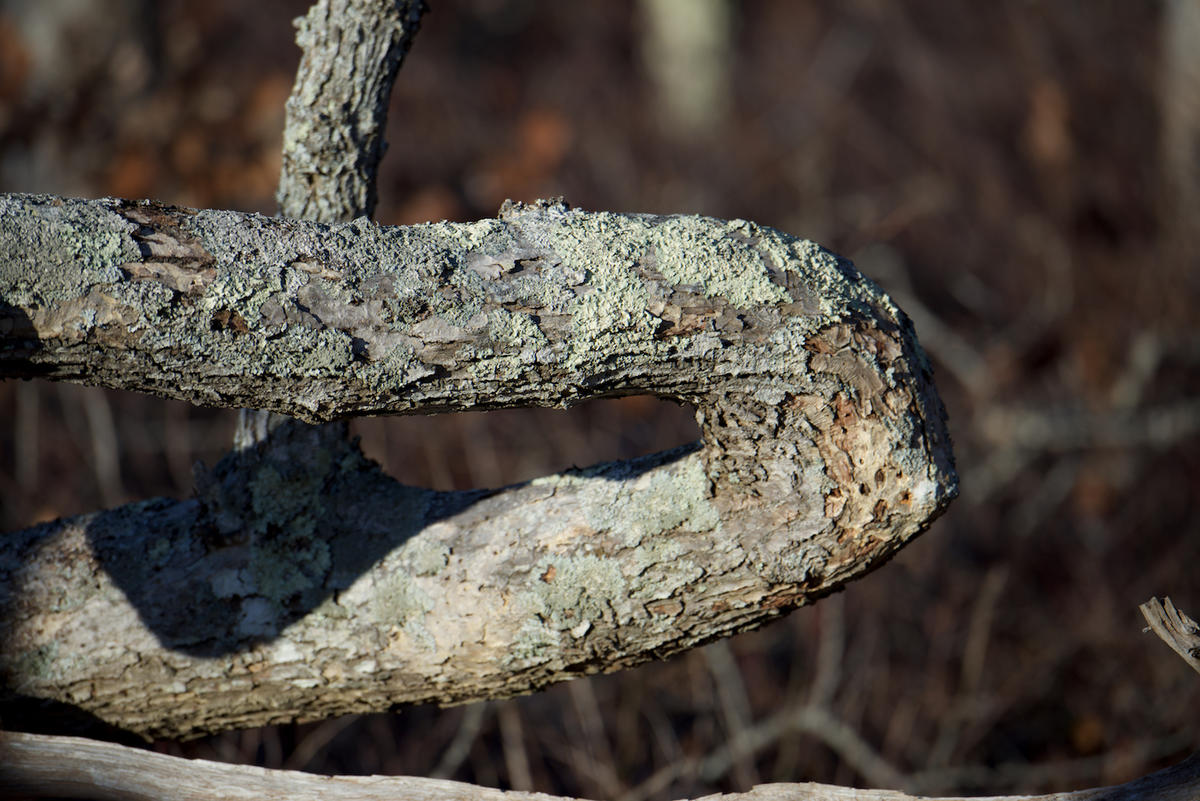
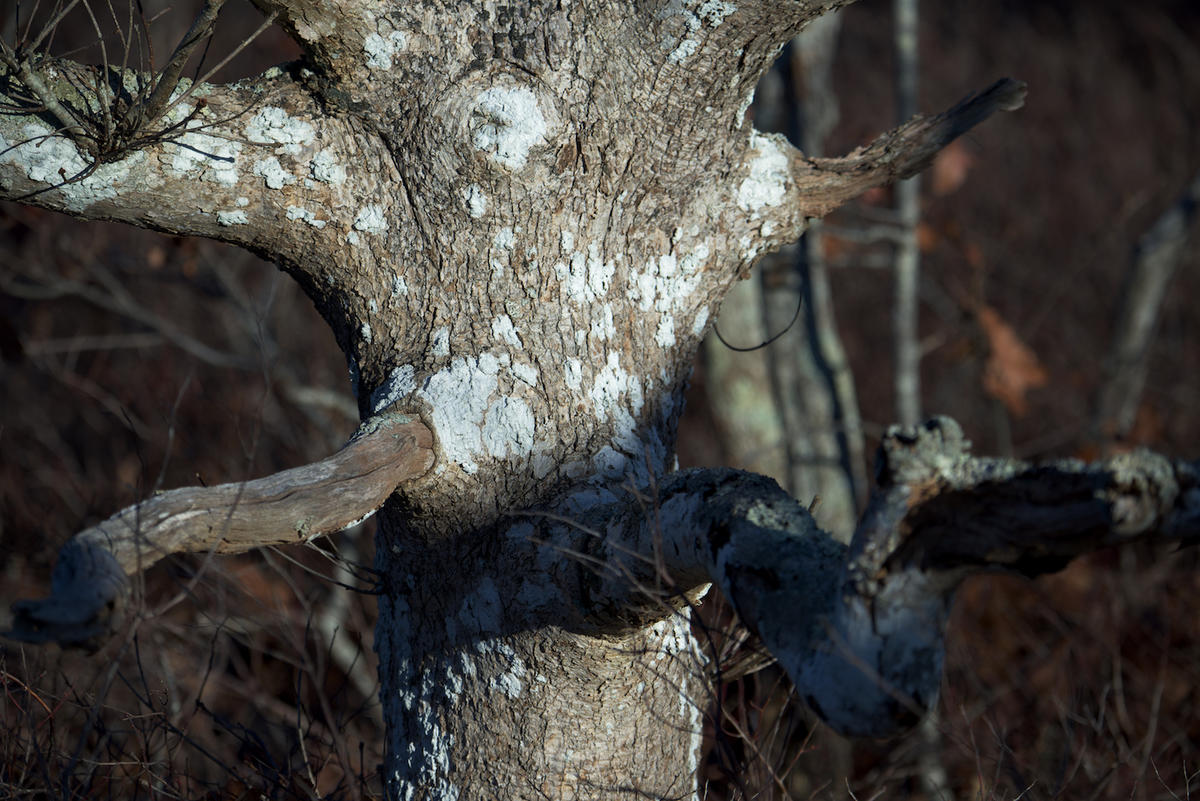 Stunted Oaks at Wasque, the very tip of the island of Chappaquiddick, off of Martha's Vineyard.
Stunted Oaks at Wasque, the very tip of the island of Chappaquiddick, off of Martha's Vineyard.
Next Sand
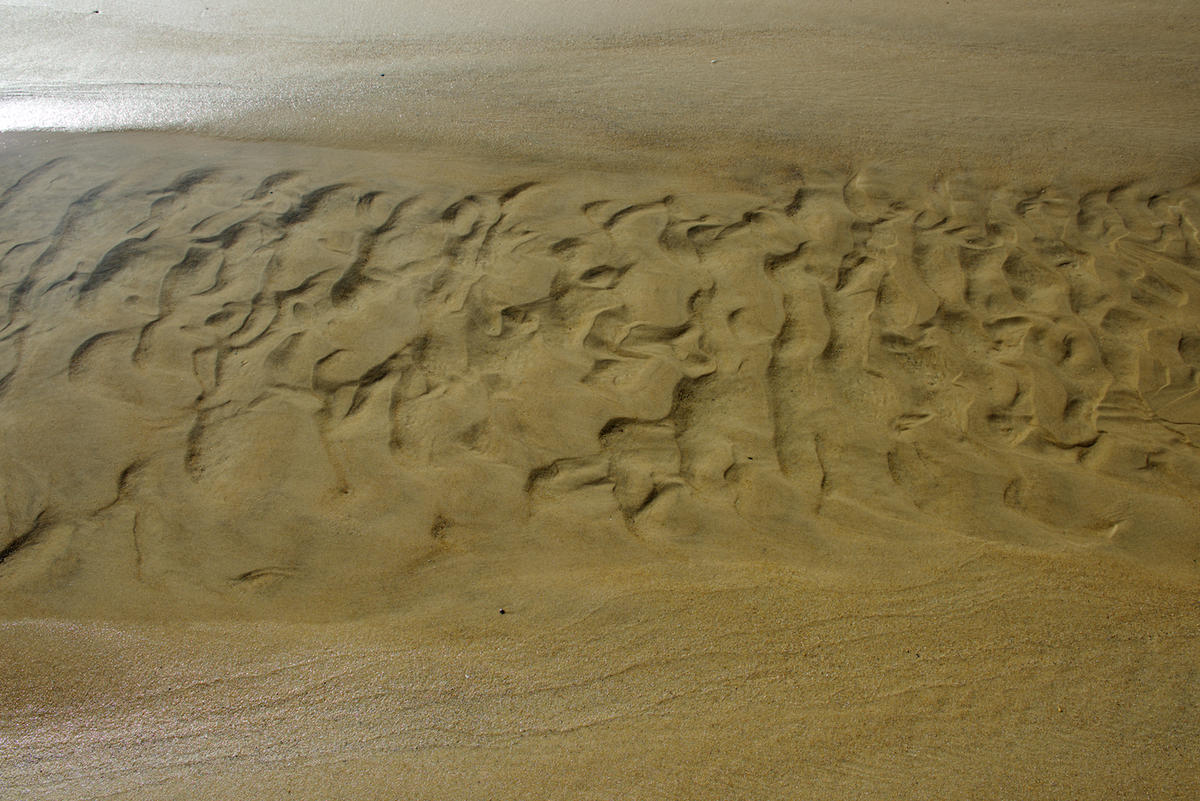
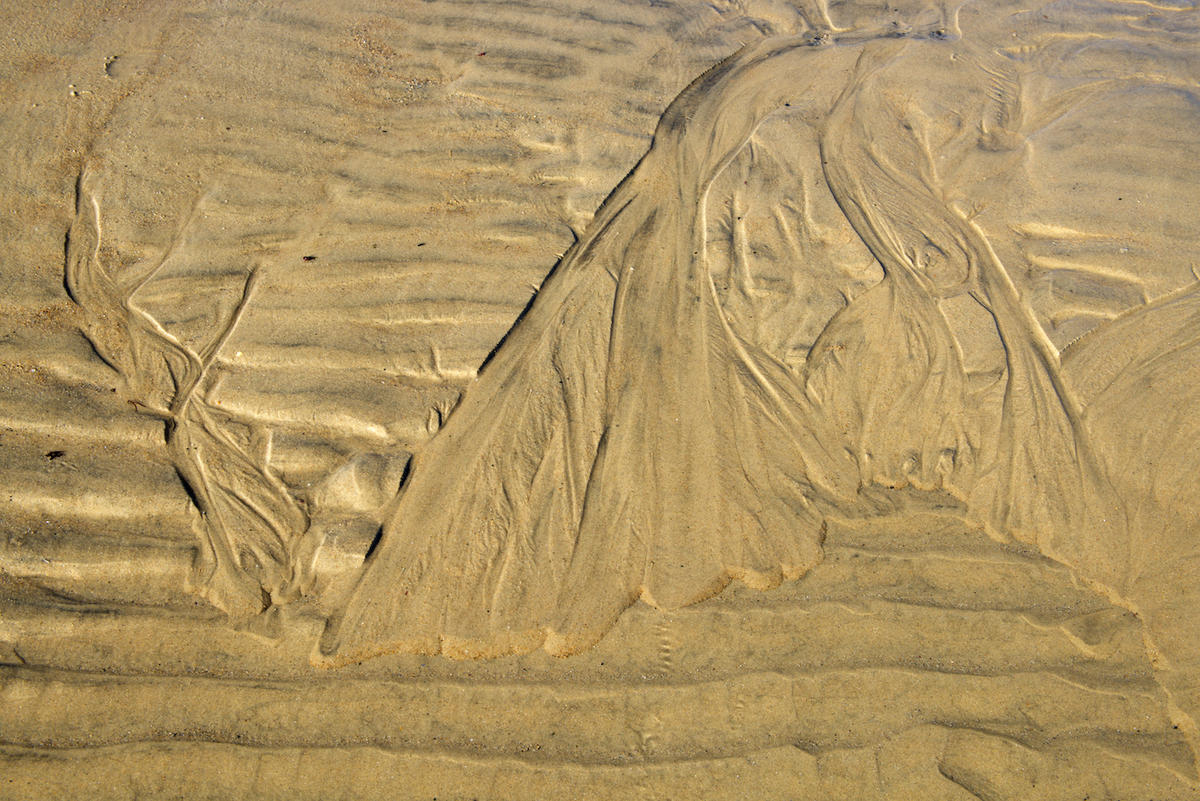
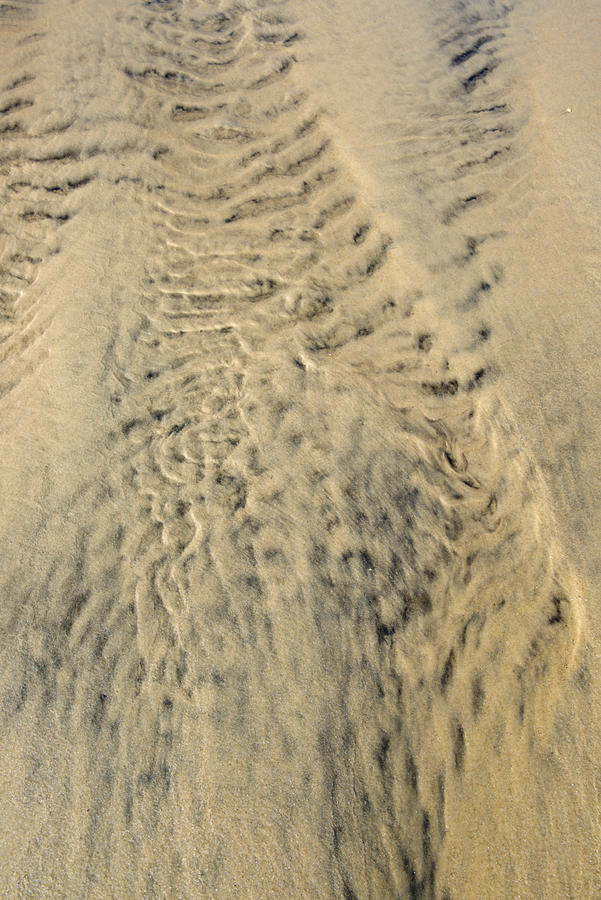

Squibnocket Beach, Chilmark, Martha's Vineyard
And finally, Snow, here in another one paragraph description.
Know that no one will be there as opposed to normal Saturday mornings when the place is packed, Cambridge's only skate park and still new at a little over a year old. Park car, go around to trunk thinking about focal length, ISO, aperture and then walk over to skate park to find it almost totally obscured by several inches of snow, which is still falling. But then by looking closer see that the park underneath the blanket is sticking some edges, cornices and forms up through the snow. This reminds me of my wheat pictures made in July out west, the waist high and flowing wheat obscuring the ground it grows from. Tricky here as hard to tell where things are and easy to take a header. I try to stick with steps rather than angles and curves.
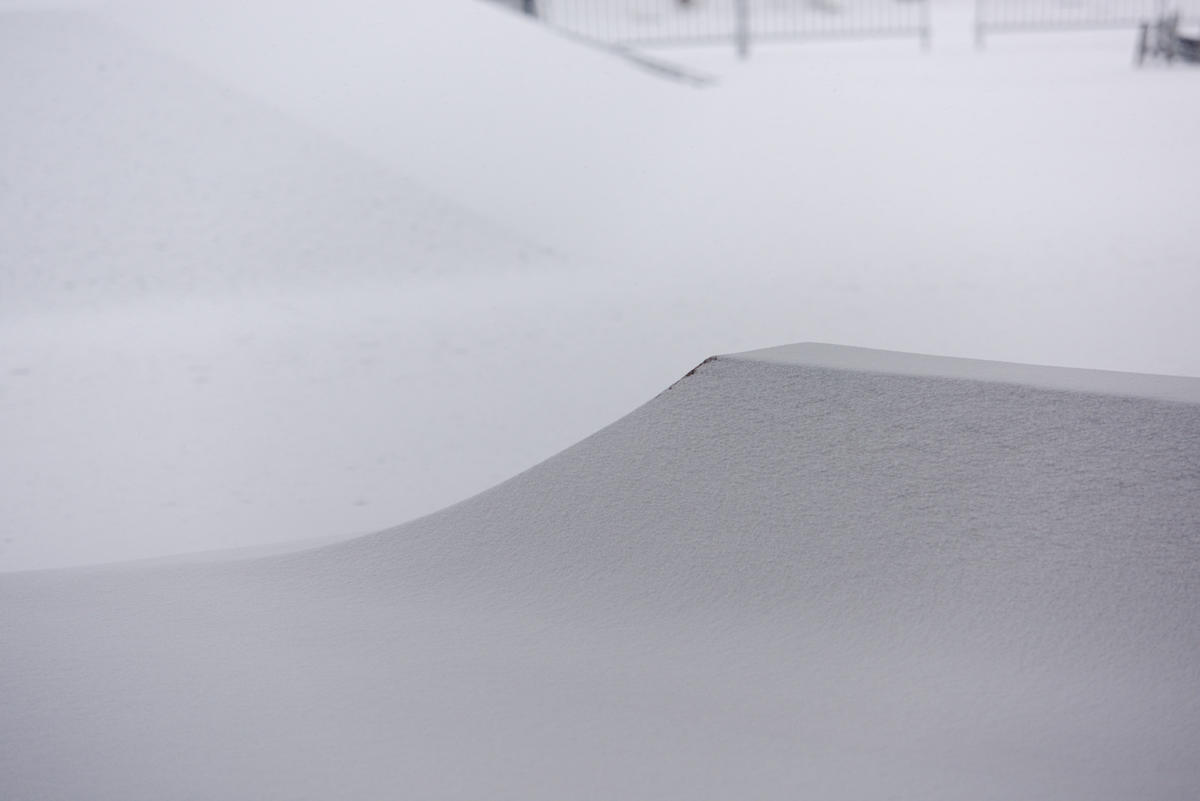
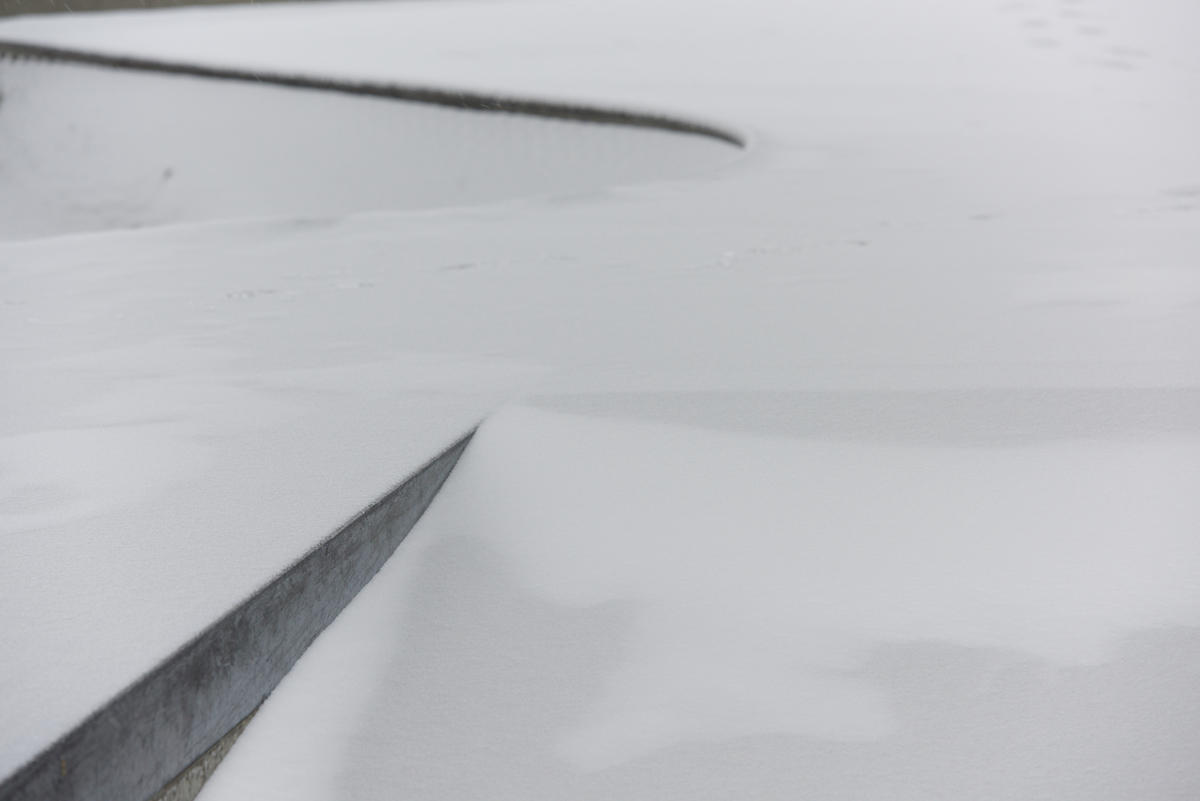
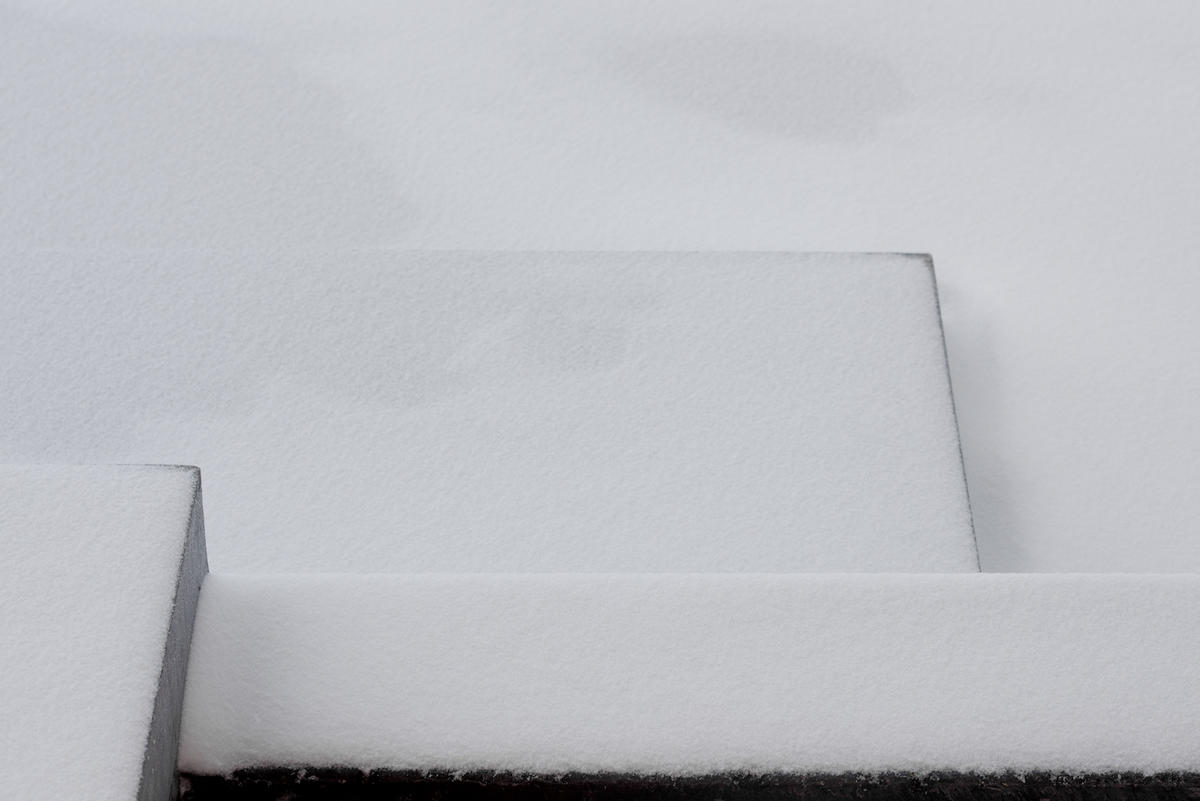
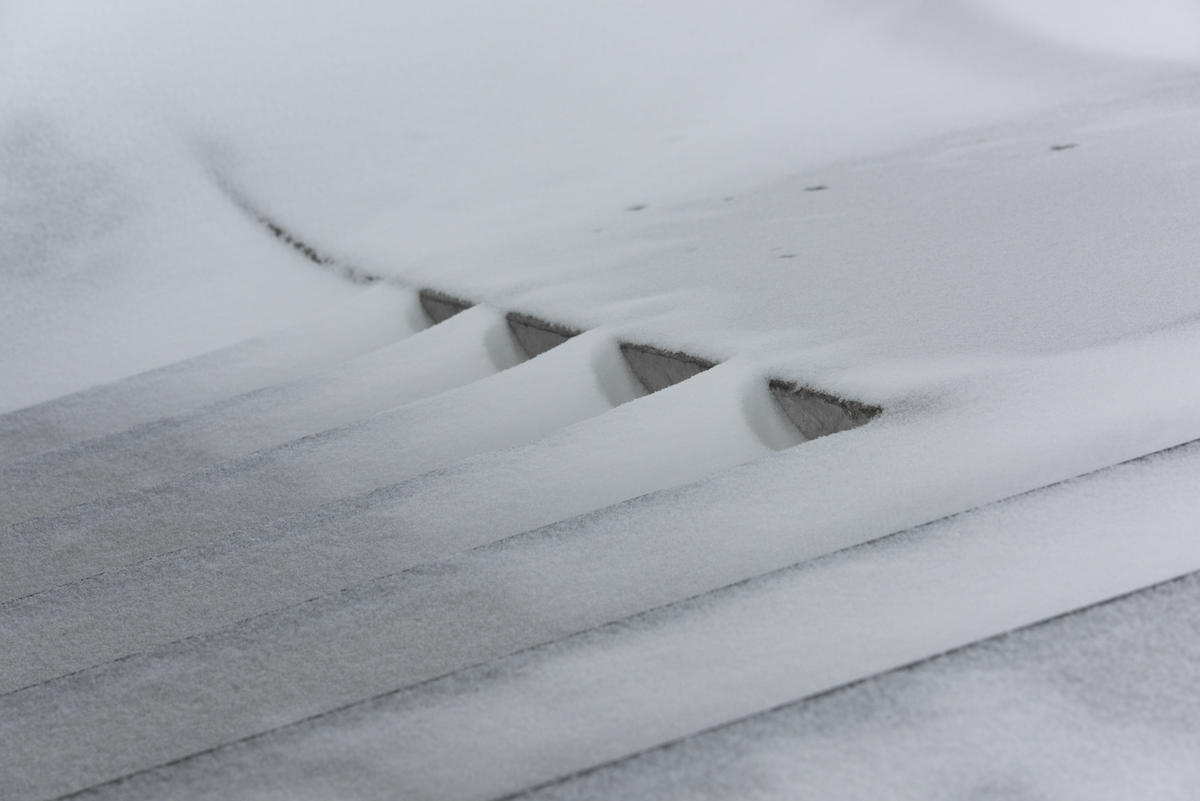
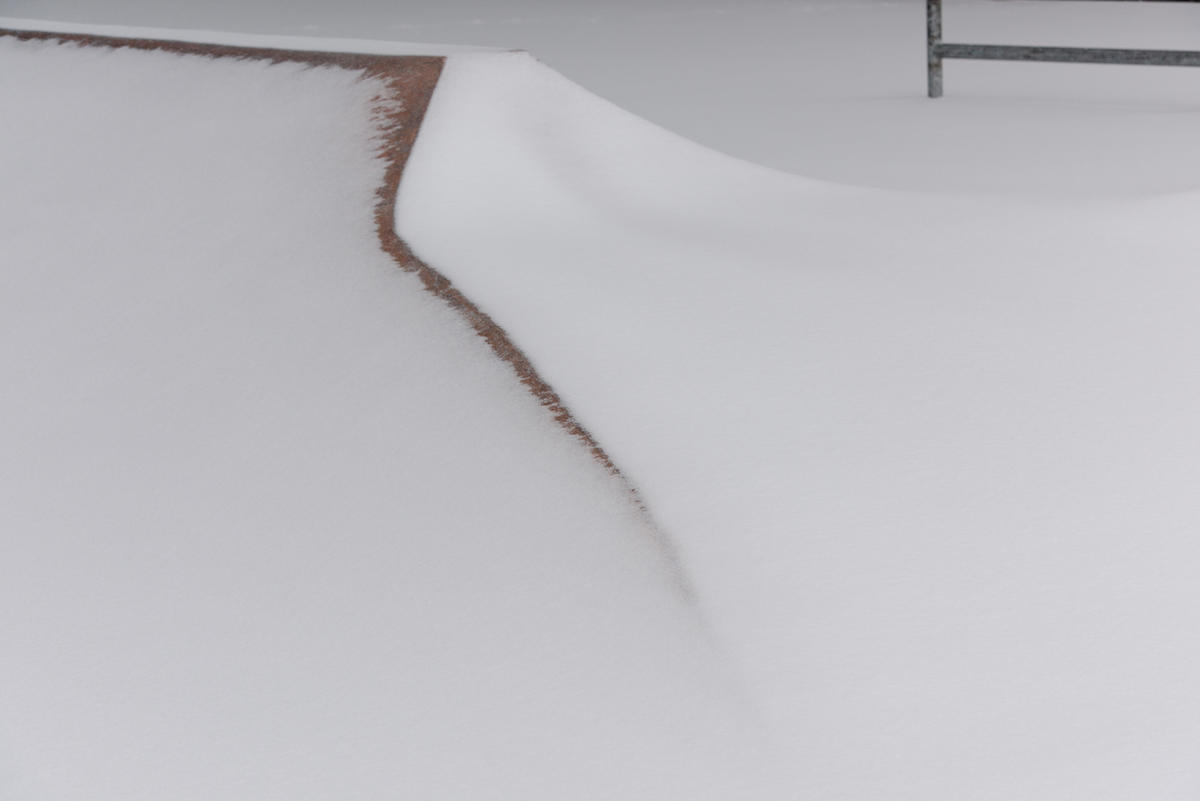
One thing is texture, hard to see on your 1 1/2 inch screen on your phone, isn't it?(that's a subtle hint to look at these on your home monitor, the one with a zillion pixels and the retina screen). Another is what I call "planetality", meaning pictures concerned with planes. The plane of the sand or snow as it presents itself to you, either flattened or with depth, whether it lifts up to look like a vertical or if it looks like shot from above straight down. Another is depth and blur and yes sharpness in contrast to blur. The liquid-ness of the form that water takes, fluid and moving, or its movement rendered as a memory of its path back down to the ocean; or frozen and powdery, obscuring almost everything it covers as snow. The tree bark rendered clean and sharp, a history of abuse from wind and ocean air through the seasons, a testimony to survival under extreme adversity, sheer will against the elements. "Stunted Oak" telling all in words what is described in pictures, twisted and knarled but strong and alive.
Three short chapters, one series. Trees, Sand and Snow. Elemental really. That's the thread, of course. From what we see on line and in many shows and books it is tempting to fall into the "more is best" premise. This confers a kind of monumental character to pictures, implying that each is more grand than the next, a sort of competitive one upmanship that evokes awe at the grandeur and pomp. Sharper, more saturated, more enhanced and better trying to be best. Best contest winner, juror's choice, first place, best of show. Awful really as it negates the real, eliminates the essential and denies contemplation or study. I am awed by what there is, not by what I can do to something to make it stand out more than the rest. Any ability I have is in just that, being able to see how something is truly miraculous in the everyday or the commonplace. Photography is a medium of selectivity, taking pieces of the world out and putting a frame around them.
Prints are 22 x 17 inches. Want to see some? This is an offer I make often, with literally no takers. Really, that lazy? So very busy? Studio is in Allston, MA. I know, too far away for many of you, but for some, close enough. Hell, you might learn something and enjoy the experience. If ever there was a test to prove the efficacy of the argument for making prints, Trees, Sand and Snow is it. So far from the small screen. Such a different world of representation. So much better.
A one paragraph description of coming to my studio to look at prints:
You arrive, access is easy and parking no problem. I greet you. We exchange pleasantries. I offer you a water or an espresso. We settle in. I ask you what you'd like to see. You tell me. I go and find it, the portfolio sitting on a shelf behind us. I place it on the viewing table, with good balanced light on above us and open the portfolio. There may be a cover statement or there may not be. We begin to look at the prints, arranged sequentially and sitting in a short stack, sliding one print to the side, looking, then sliding another one and so on. Time tends to fold in on itself, the world compressing down into this other world contained in the prints we are looking at. We are transported into these pictures where the white border around each print constitutes a frame into this world in the pictures, containing depth and clarity and revealing details you might not see were you there in front of the real thing, in the actual place. As we finish you may become aware of sounds or something you hadn't noticed when you arrived as your attention comes back to where we are and what we were doing is now a recent memory. You may choose to have a similar experience by looking at another body of work, or you may not. And so on. We talk a little. We finish and I thank you for coming. You leave.
Email me: Neal's email
Merry Christmas!
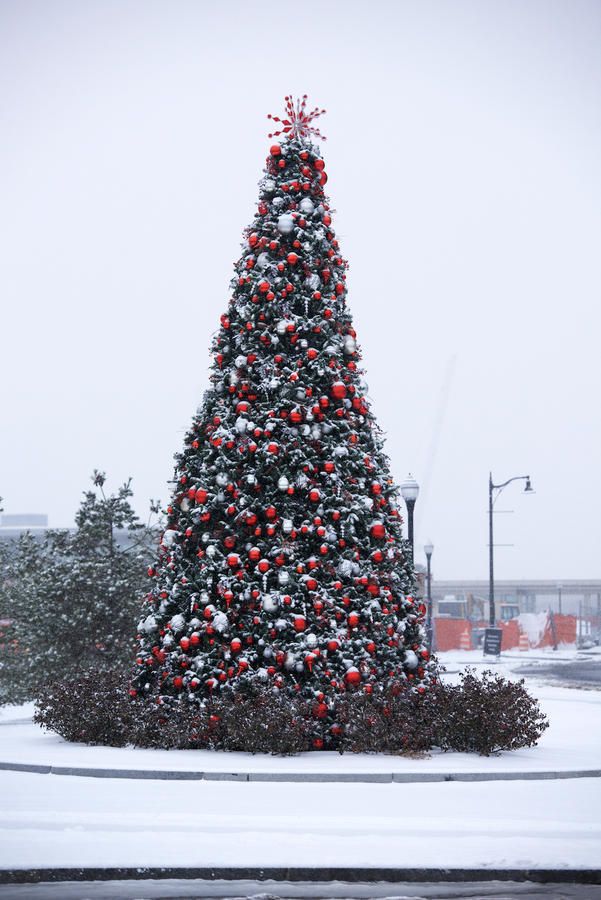
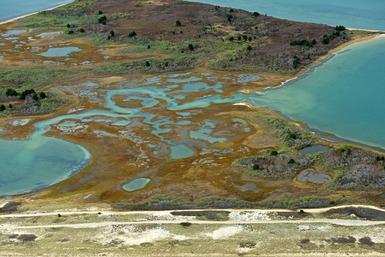
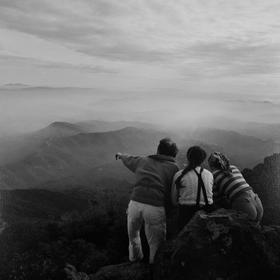
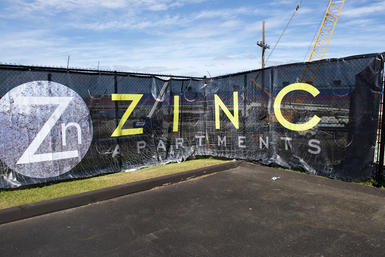
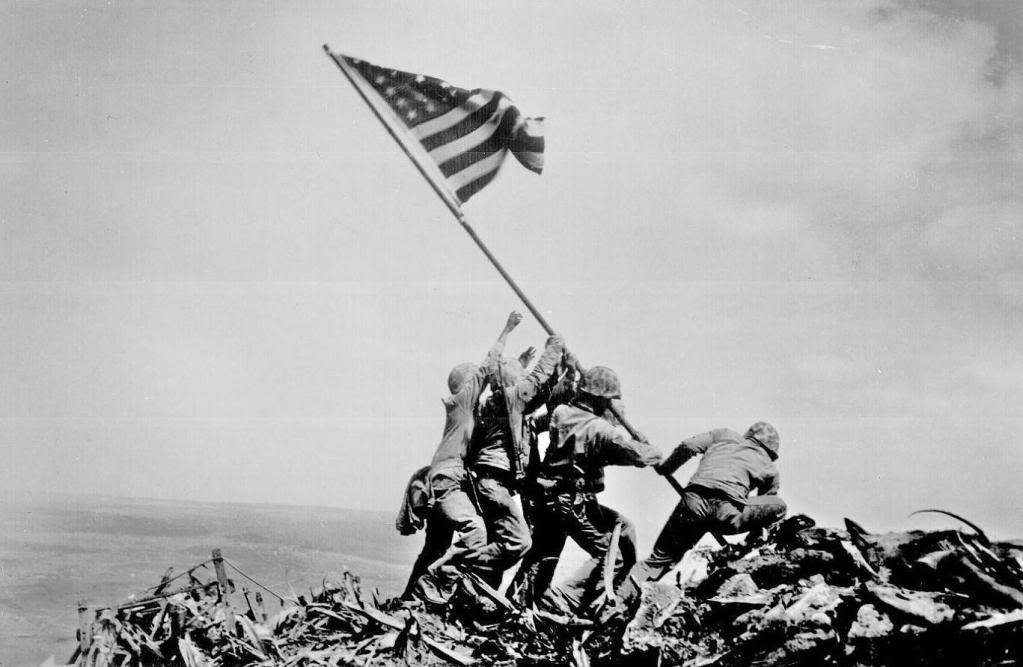

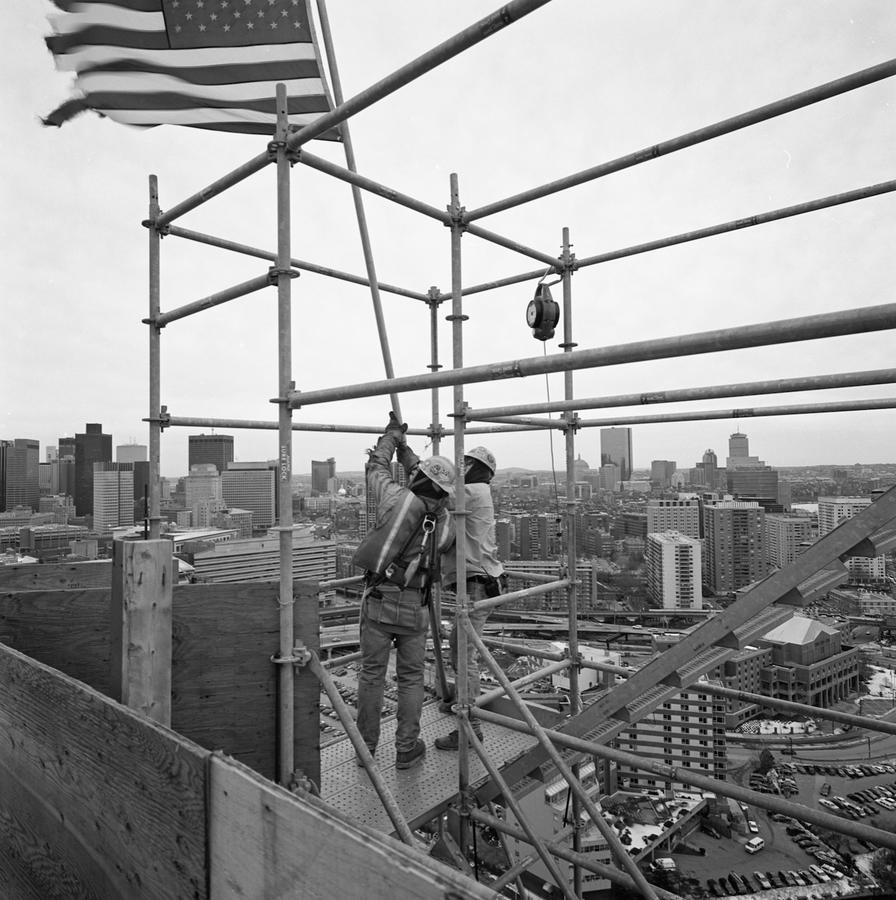 Then the new one went up
Then the new one went up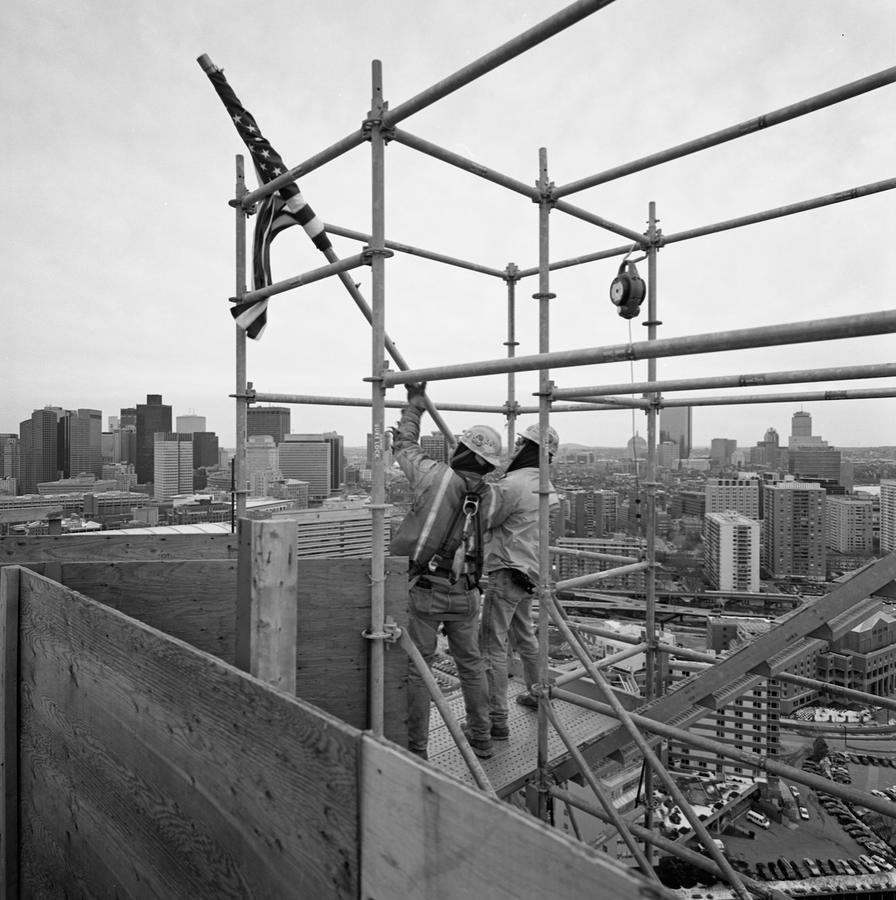
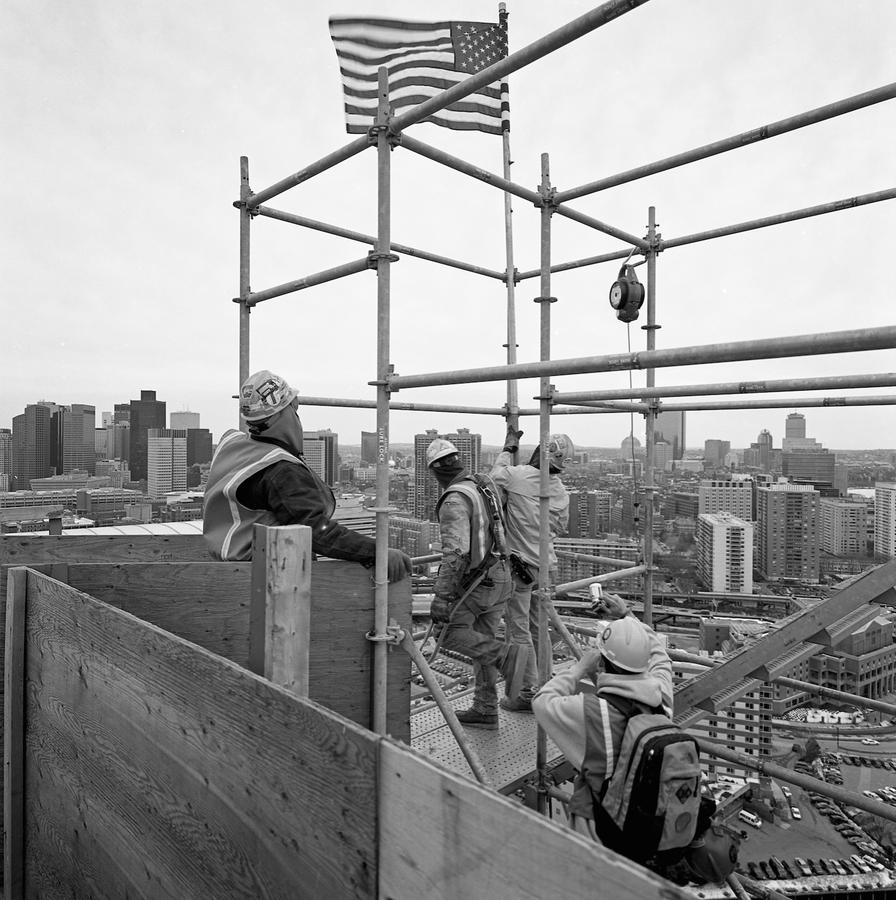
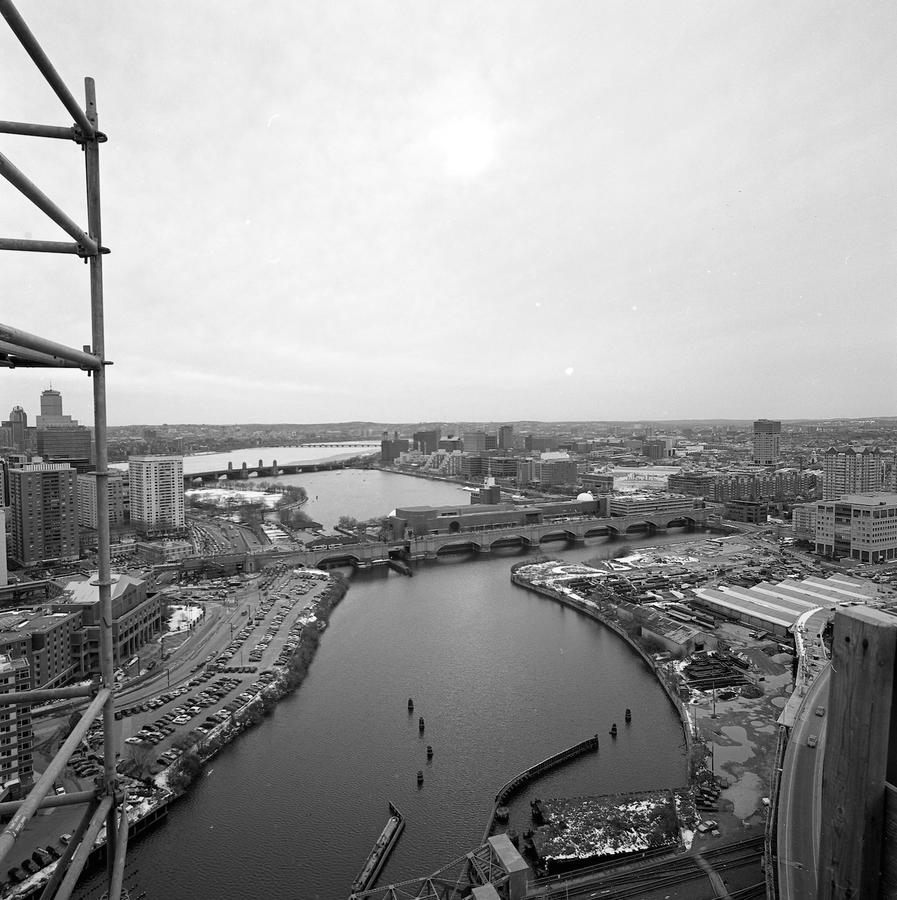
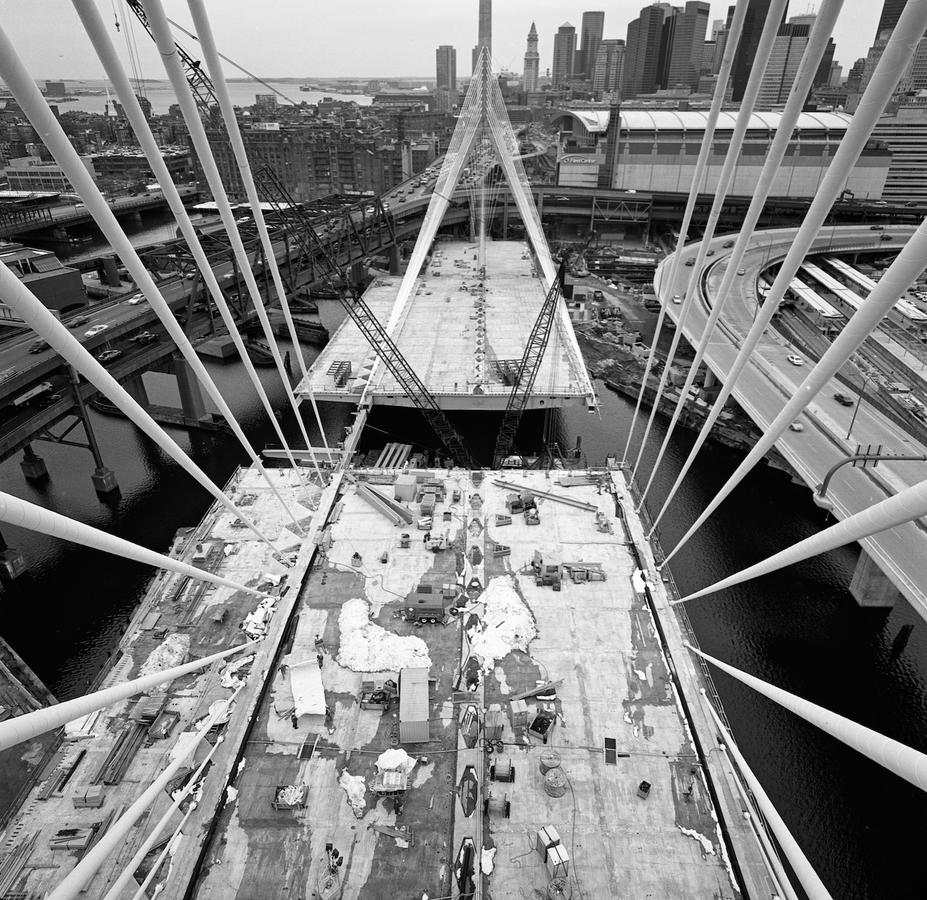
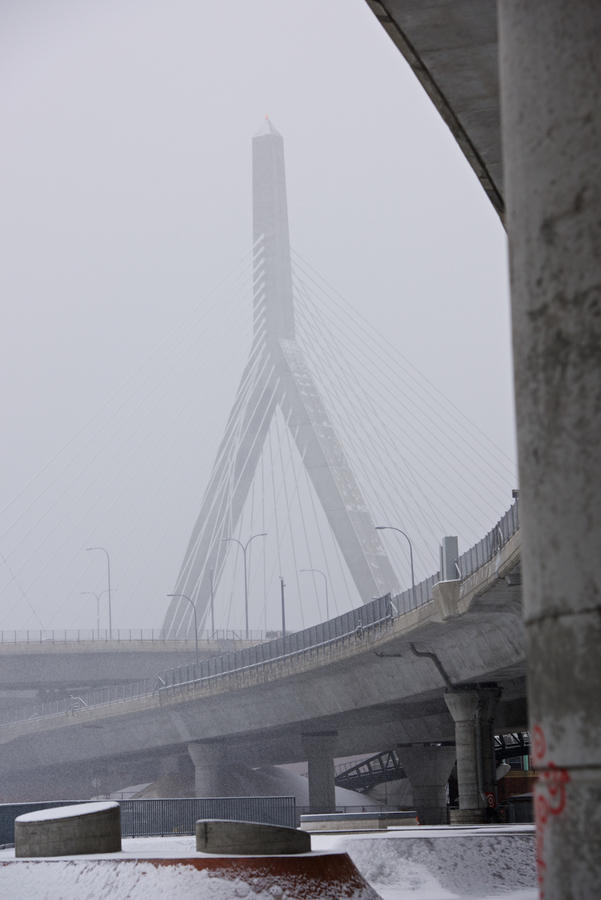 showing the tower I climbed in 2001.
showing the tower I climbed in 2001.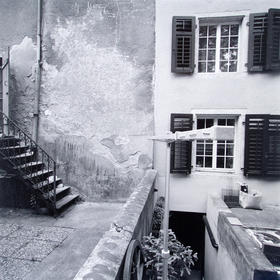
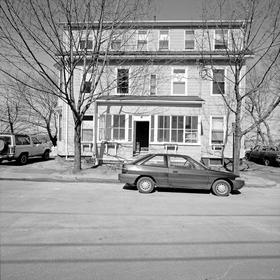
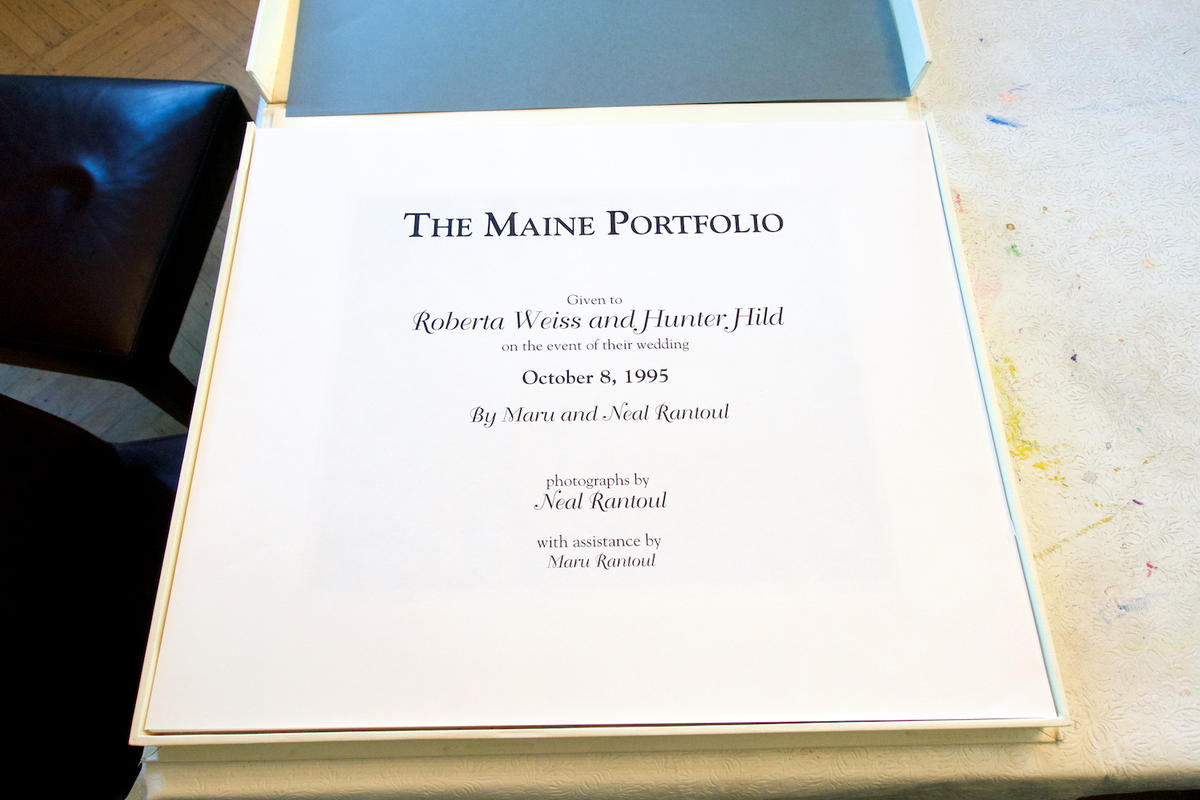



 I made that one in 35 mm black and white infrared. Photographs can have this wonderful time machine quality, flashing us back back to earlier times. The marriage to Hunter didn't last but later Roberta married Izzy and they have one daughter, Rosie, who is now 14. They go to their place in Maine every chance they get. I am headed up there just after Chhristmas.
I made that one in 35 mm black and white infrared. Photographs can have this wonderful time machine quality, flashing us back back to earlier times. The marriage to Hunter didn't last but later Roberta married Izzy and they have one daughter, Rosie, who is now 14. They go to their place in Maine every chance they get. I am headed up there just after Chhristmas. 